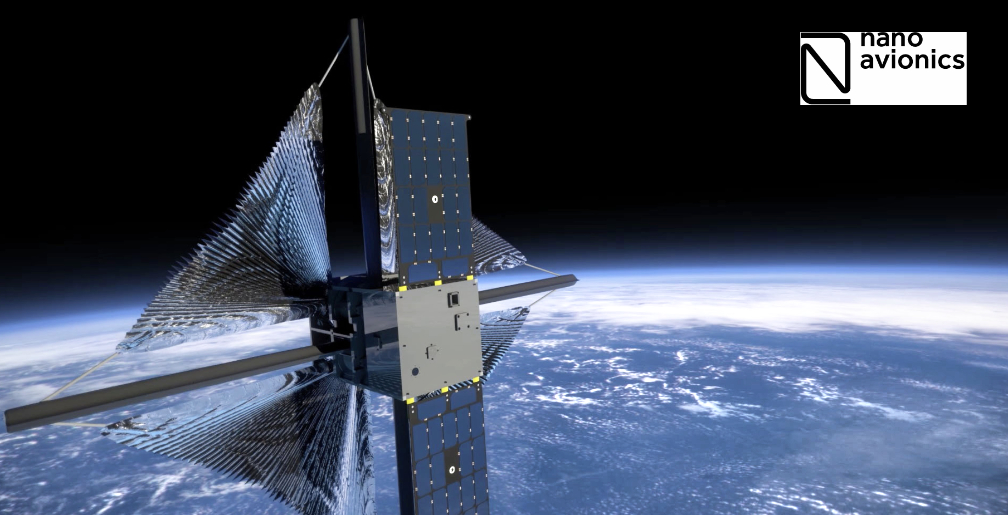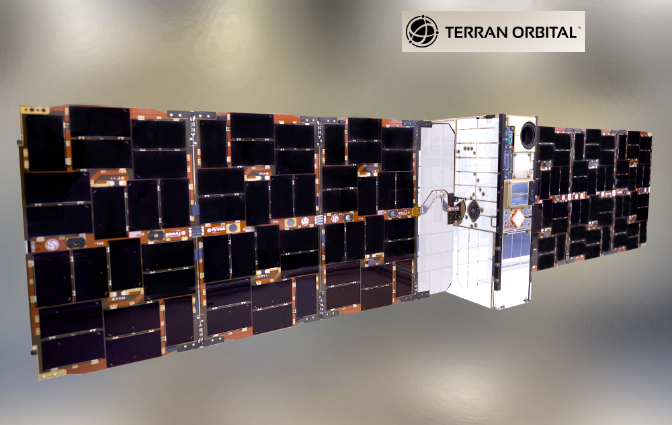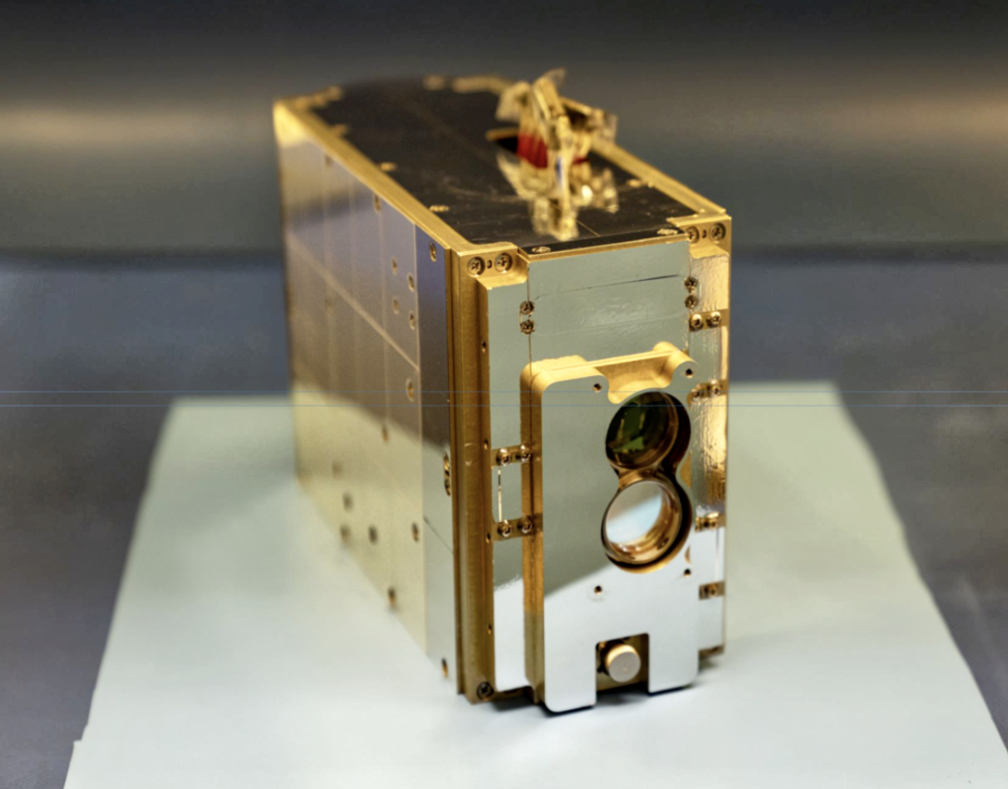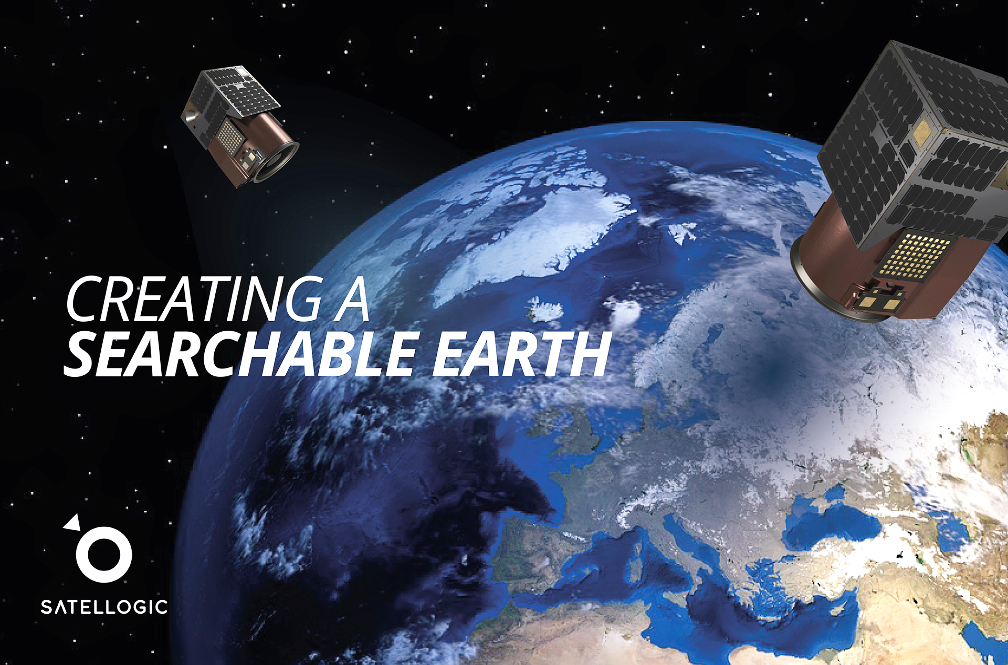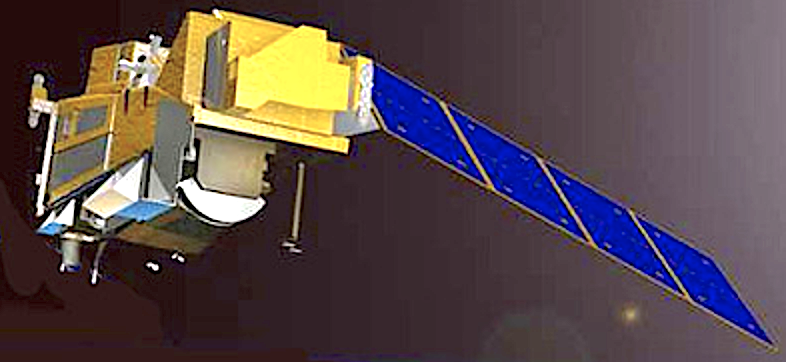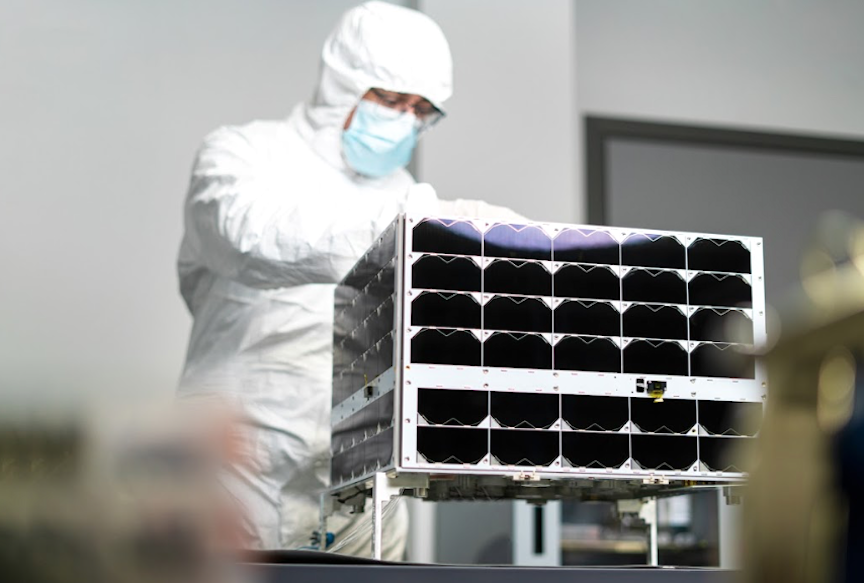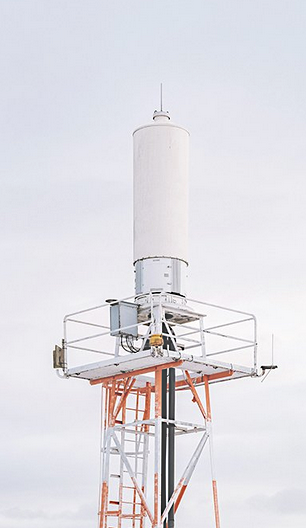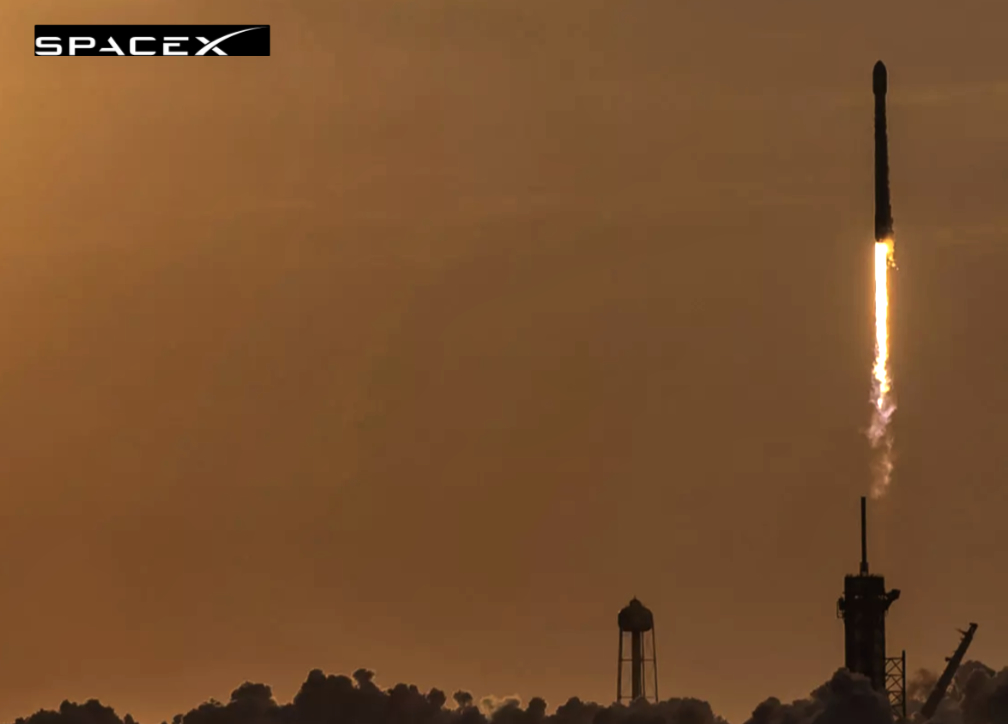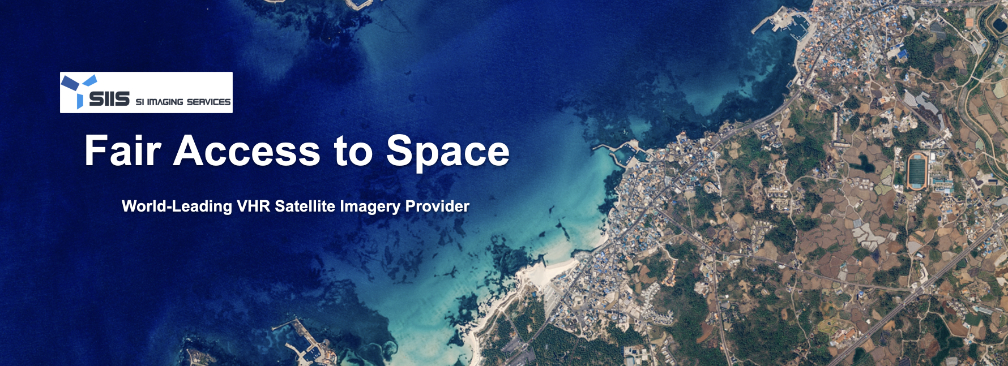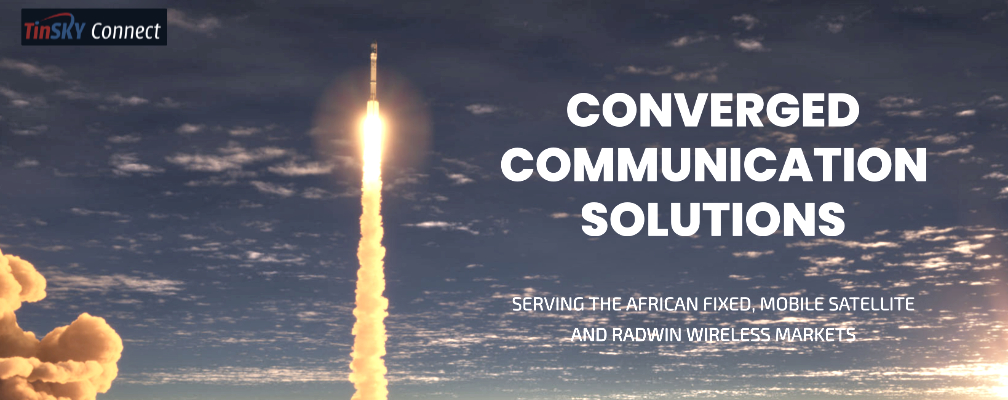
TinSky Connect has successfully completed the installation of 15 OneWeb antennas and customer provided equipment at a Satellite Network Portal (SNP) or gateway facility in Accra, Ghana.

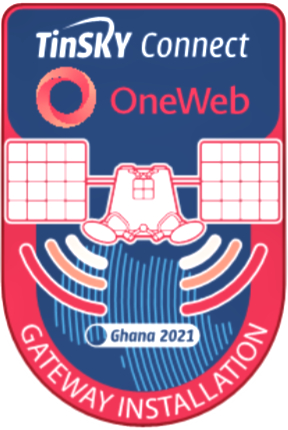
OneWeb is a global communications network powered through space, enabling connectivity for governments, businesses, and communities. Tinsky Connect was selected as OneWeb’s technical engineering partner for its first west African SNP. The gateway is located in Tema on the outskirts of Accra, Ghana, on a site of six hectares. The site is owned and run by ComSys, who will continue to host the gateway on behalf of OneWeb.
OneWeb’s first SNP gateway in Africa, located in Hartebeesthoek, South Africa is also nearing completion, with others in Senegal and Mauritius currently under development.
Alan Geldenhuys, Executive Director of TinSky Connect Group, said, “The site is now commissioning and will be ready for service later in 2022. Tinsky understood the complexity of the multiple satellite ‘hand offs’ each gateway has to achieve per second and deployed a highly experienced team of field engineers that provided advanced system engineering and technical services addressing OneWeb’s mission critical SNP gateway needs, at low risk and within budget. The teamwork between OneWeb and TinSky resulted in the project successfully completed and all SNP gateways handed over within the schedule.”
TinSky Connect is a leading provider of converged communication solutions to Africa’s satellite, wireless and land/airborne mobility markets. With 21 years’ experience, the company has played a major role in developing several leading first-to-market satellite solutions and managed service offerings, including managed service platforms, radio telescopes and land/air mobility solutions.

